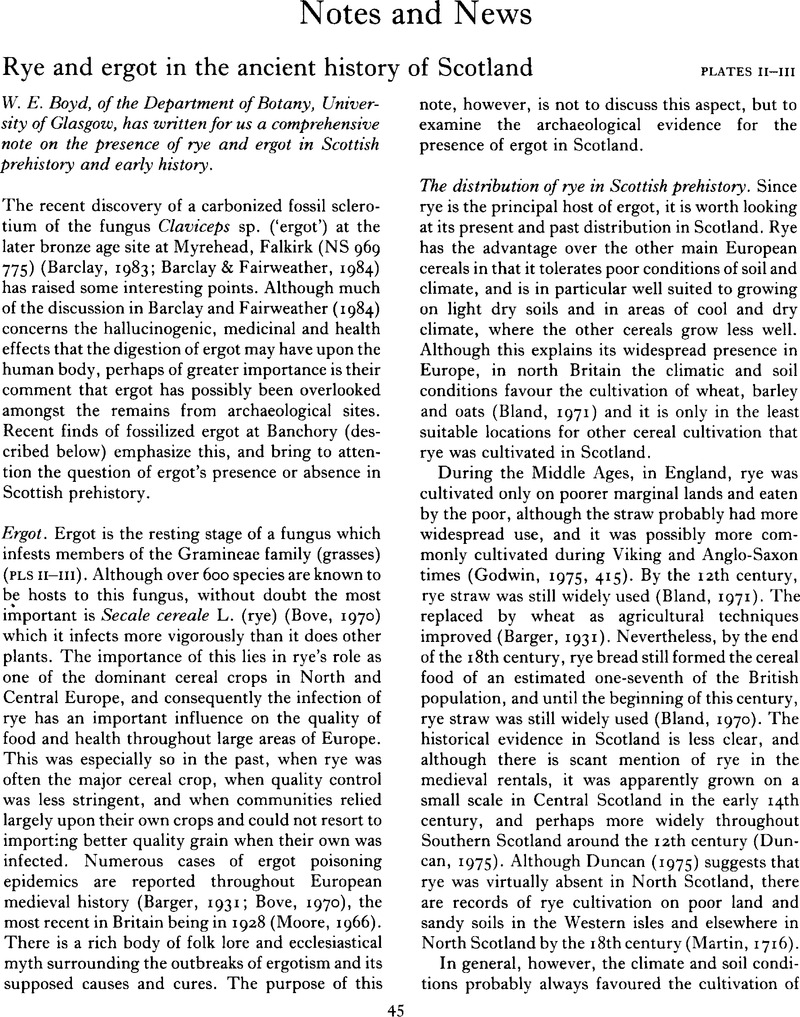Crossref Citations
This article has been cited by the following publications. This list is generated based on data provided by Crossref.
Schultze-Motel, Jürgen
1989.
Literatur über archäologische Kulturpflanzenreste (1987/1988).
Die Kulturpflanze,
Vol. 37,
Issue. 2,
p.
427.
Boyd, W. E.
and
Kenworthy, J. B.
1991.
The Use of Wood as a Natural Resource at a Scottish Mesolithic Site.
Glasgow Archaeological Journal,
Vol. 17,
Issue. 1,
p.
11.
YAMAZAKI, Shoji
HARA, Noriaki
FUJISAWA, Takayuki
and
AMAGAI, Shigeru
1995.
The Treatment and Course of PSS Patients in Our Clinic. An Examination of the Surviving Cases..
Nishi Nihon Hifuka,
Vol. 57,
Issue. 1,
p.
60.
Mighall, T. M.
Pittam, N. J.
Foster, I. D. L.
Ledger, P. M.
Jordan, J.
Cortizas, A. Martínez
and
Bateman, M.
2023.
The Midlands of England: Economic Backwater or an Agricultural Powerhouse? Environmental Evidence from Prehistory to Modern Times Recorded in Sediments from Aqualate Mere, Central England, UK.
Environmental Archaeology,
p.
1.



